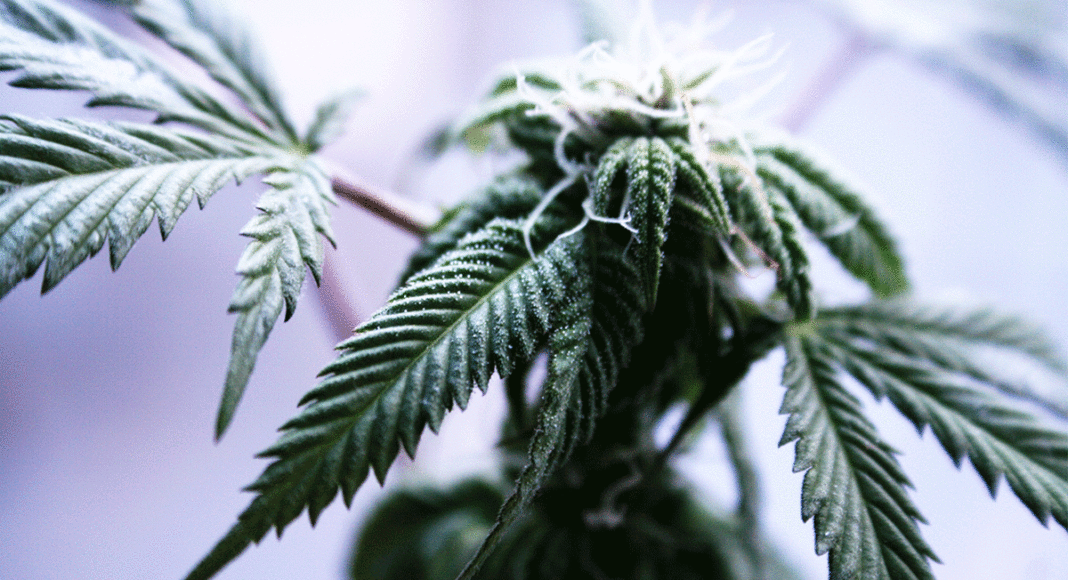Gov. Jerry Brown released his $180 billion fiscal 2017 budget last month, identifying a $1.6 billion deficit—the result, he said, of slower than anticipated growth in the California economy.
The first deficit since 2012 comes in the aftermath of the state’s historic “yes” vote on Proposition 64, legalizing adult use of recreational cannabis.
State agencies that have studied the initiative have reported that future excise taxes could funnel between $1 billion and $1.4 billion annually into state coffers. But before you say “tax bonanza,” it’s important to underscore that the pot tax can’t be used to close a budget gap, unless the legislature revisits it.
“The state government would certainly like to do that,” says Hezekiah Allen of the California Growers Association, a cannabis industry group. But they are hampered by the legally binding language in Prop. 64, which says that no taxes collected on cannabis sales can be directed into the state’s general fund. Moving forward, “the real limiting factor here is going to be how much wiggle room does the legislature have?” Allen says.
Even if Brown could close the deficit with pot revenue, the state won’t have its new cannabis tax regime in place until next January, when licensed growers will pay a cultivation tax of $9.25 per ounce of buds and $2.75 per ounce of leaves. Another 15 percent sales tax will be applied to the retail price of all cannabis products, and some localities are cooking up local taxes of their own.
One problem for localities with enforcement issues to fund, says Allen, is that Prop. 64 set a higher rate of tax than was even contemplated by the legislature, which will make it difficult for localities to add an additional levy. “There is no room for additional taxes,” Allen says.
Those taxes are mainly earmarked for law enforcement and anti-drug efforts in schools. According to a statement from Brown, state pot taxes can be used for “regulatory costs, youth substance-use programs, environmental clean-up resulting from illegal cannabis growing, programs to reduce driving under the influence of cannabis and other drugs and to reduce negative impacts on public health or safety resulting from the legalization of recreational cannabis.”
In the short term, the emergent recreational cannabis industry may actually wind up contributing to a future deficit, as Brown’s budget would send $53 million to regulators to help square up the regulatory regime in the recreational and medical cannabis industries.
“Right now, there’s going to be a lot of pain before there is any gain,” says attorney Aaron Herzberg, a partner at CalCann, a California medical cannabis real estate investment firm. But Allen says the $53 million proposal “is an open question.” He notes that policymakers and the industry “are thinking that we should maybe move a little slower and take an incremental, balanced approach.”
Brown’s office has reported that the $1.6 billion budget shortfall this year will be closed via a slowdown on planned outlays for K-12 education and on the elimination of some discretionary spending.
As Herzberg observes, most of the cannabis sold in the state is on the black market, and for every additional tax the state adds, it’s more likely that those growers will stay in the shadows and not participate in the licensing process. The more tax-heavy the recreational industry becomes, he says, the more probable it is that recreational users will get a medical card to beat the local or state sales tax. There’s a lot of work to be done, and Herzberg is convinced that $53 million won’t cut it.














Cannabis is the real thing. People need to get over this antiquated stigma. A thriving cannabis industry in the U.S. would benefit not only the economy but all the people that need cannabis for health reasons. Many different types of industries could flourish, like the CBD industry and US-based companies like http://www.deltacbd.com/shop/shop-CBD-E-Liquid-Concentrate.